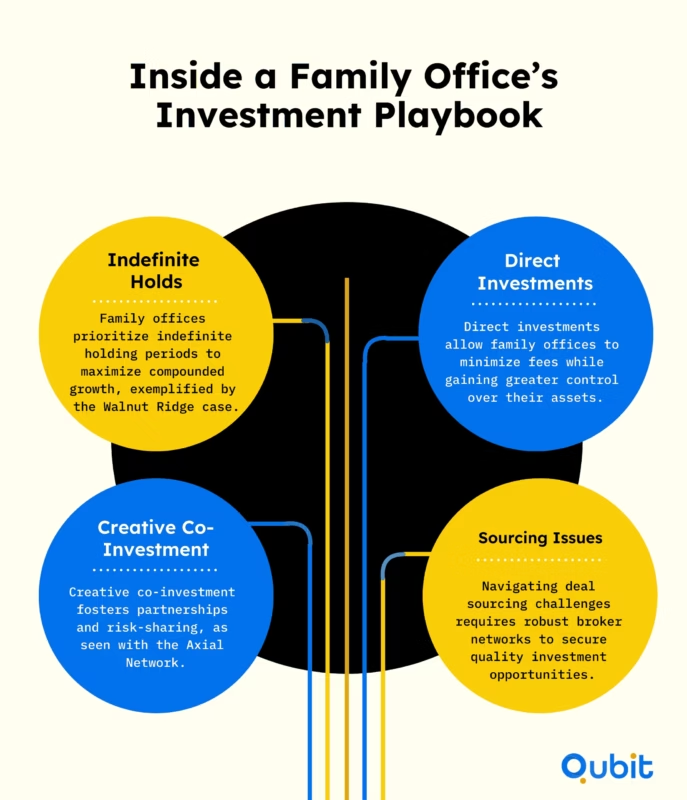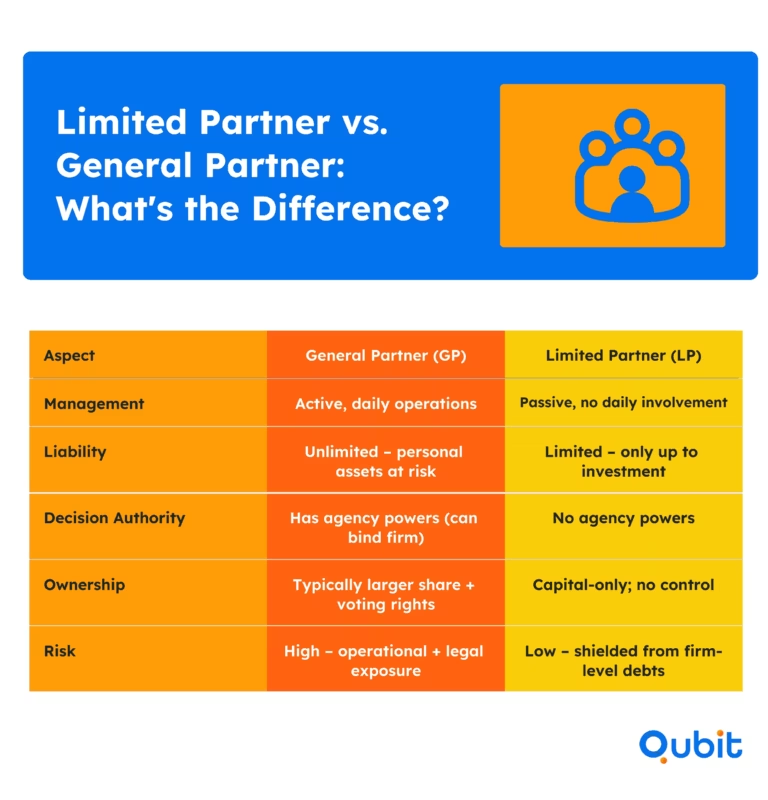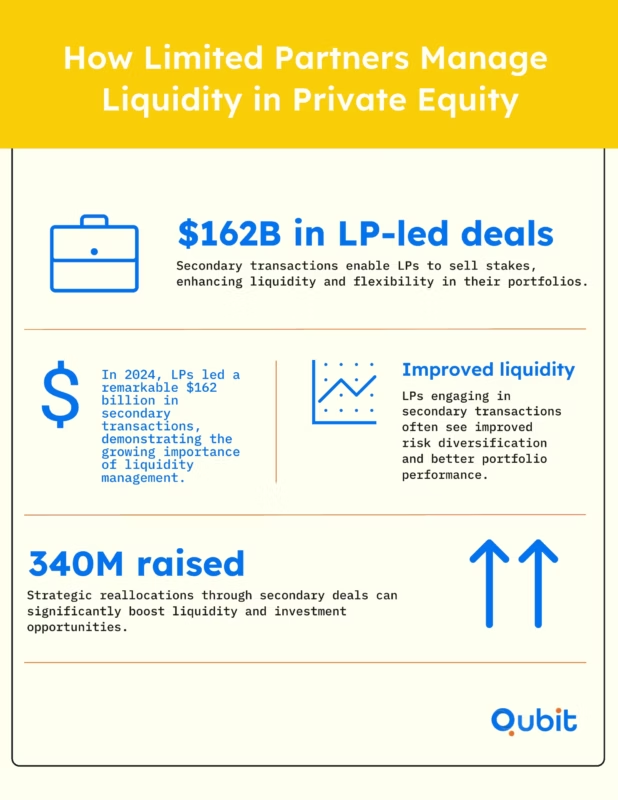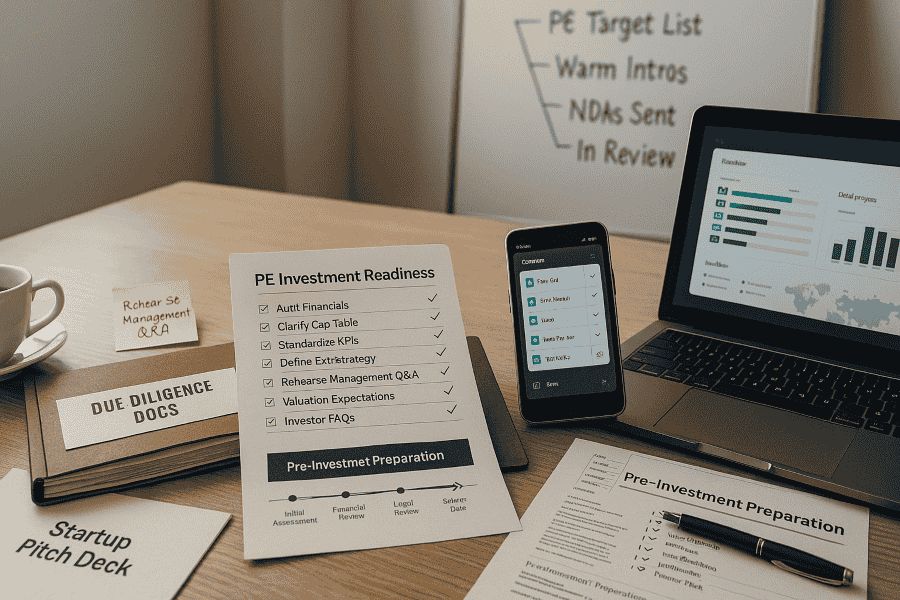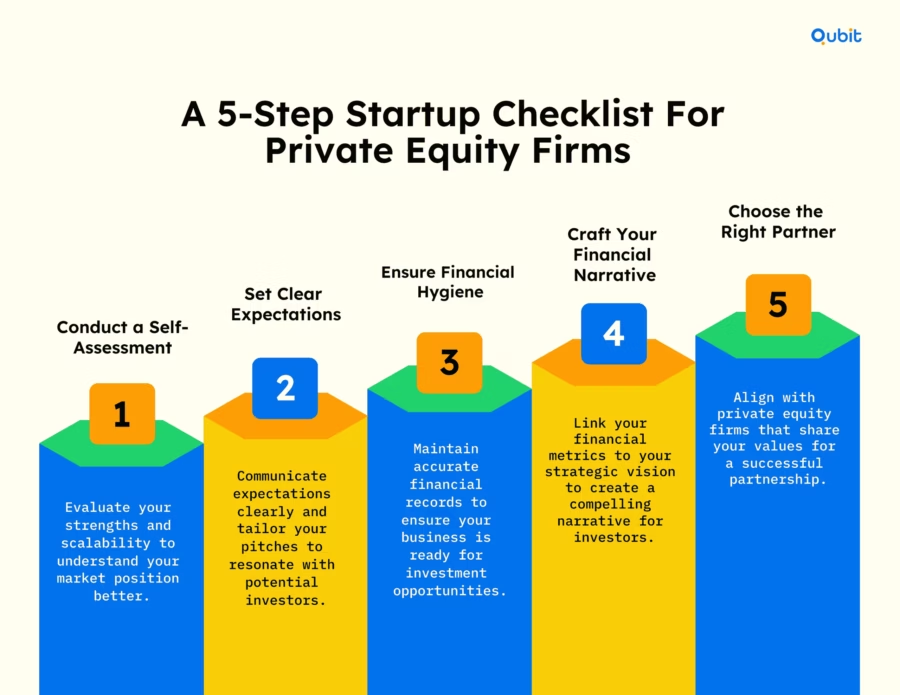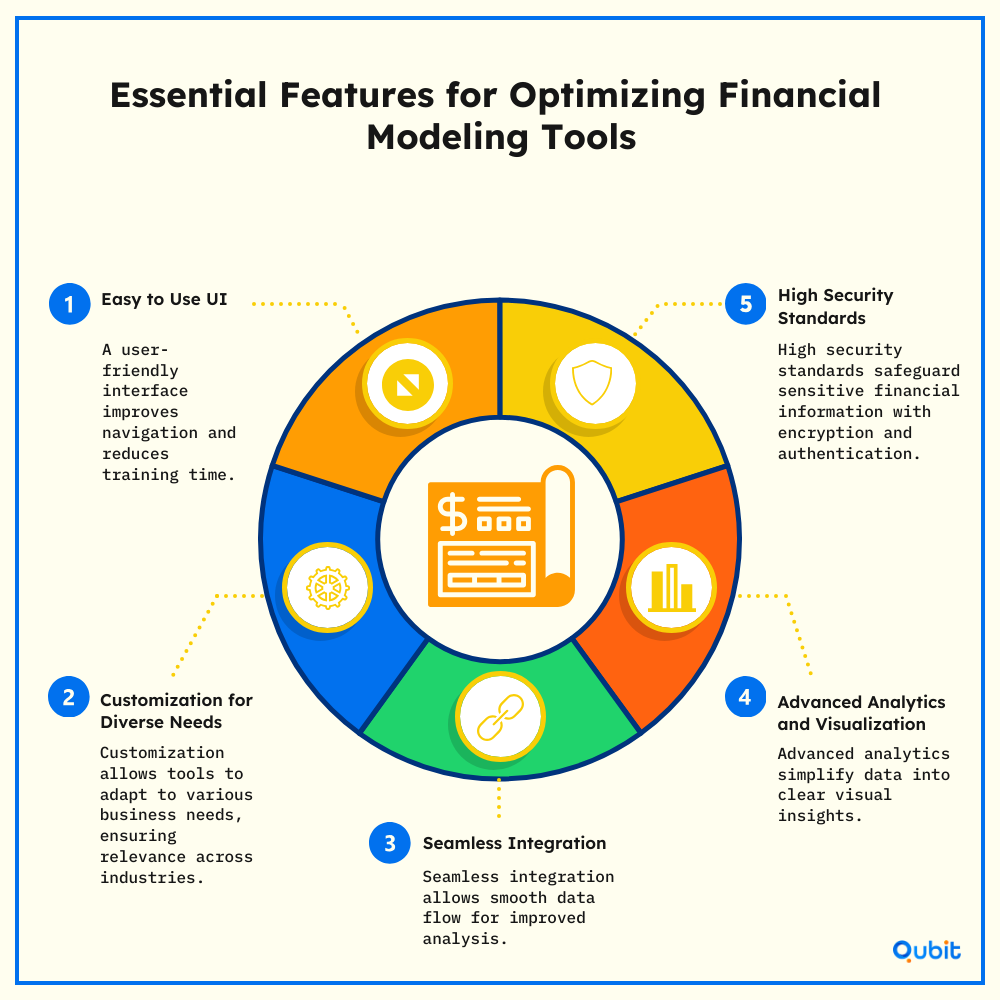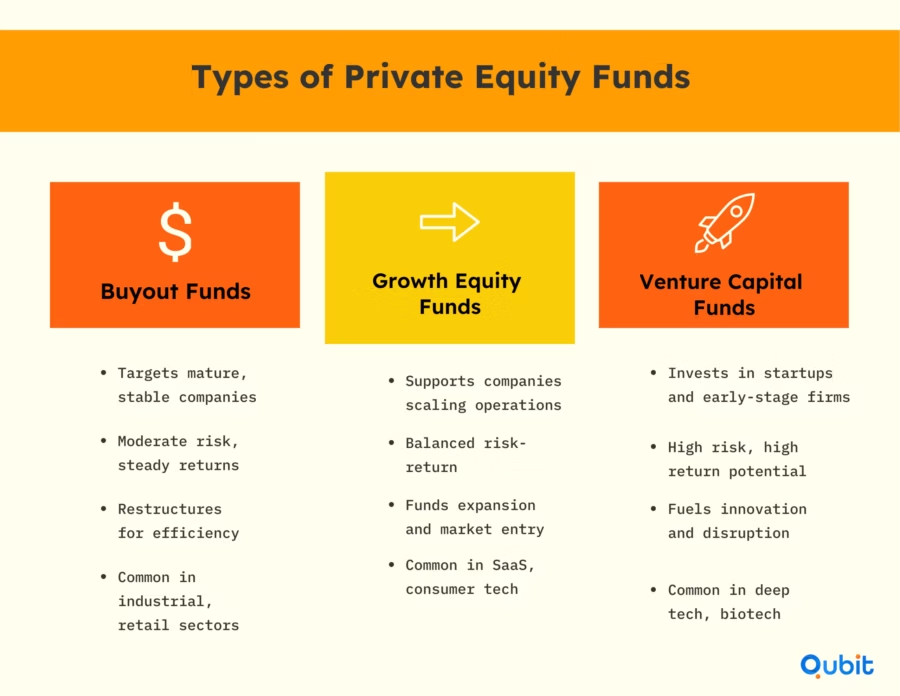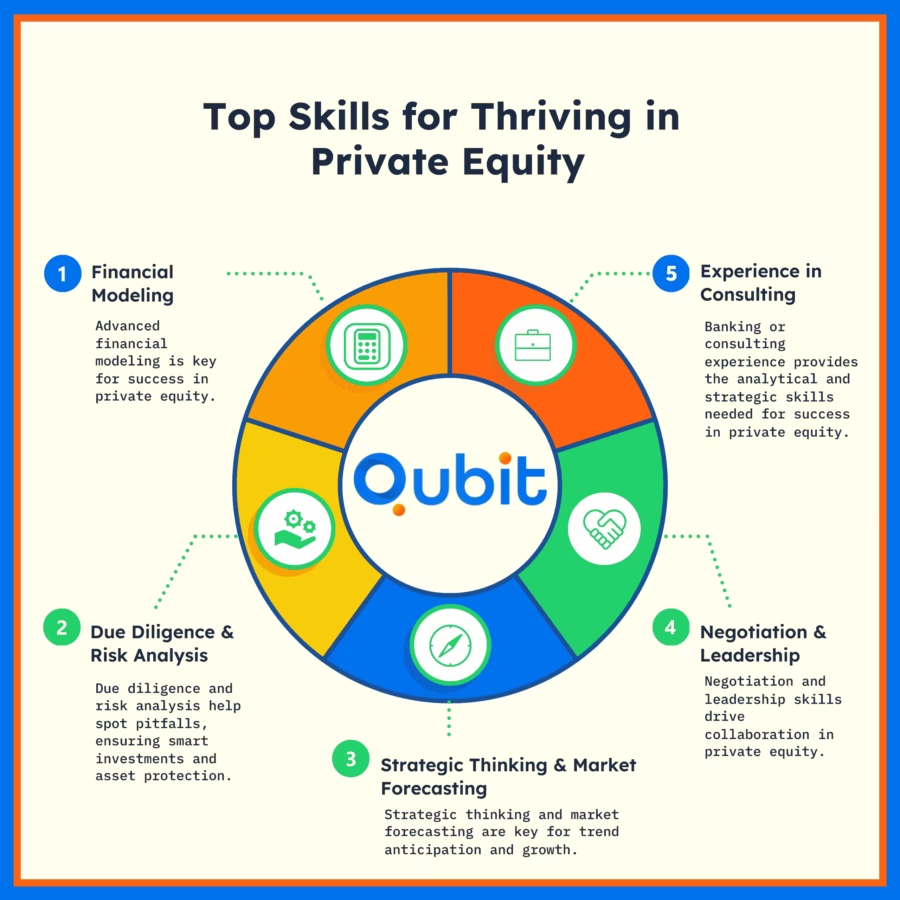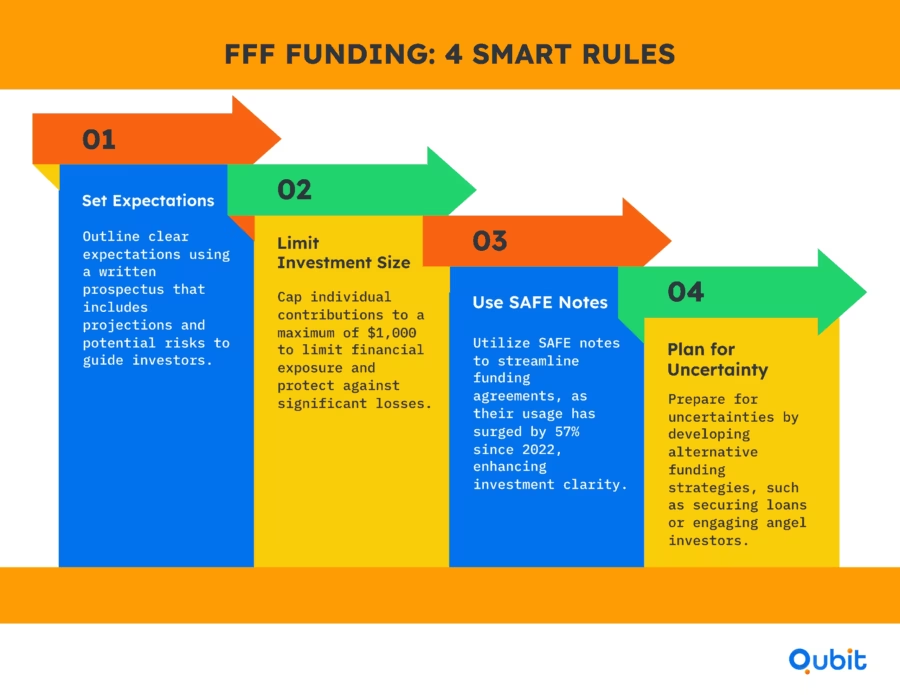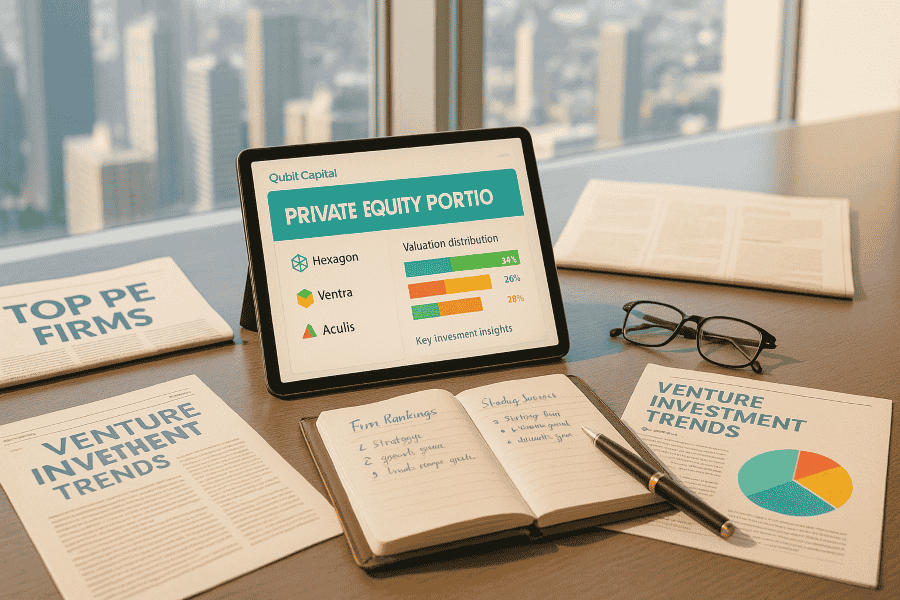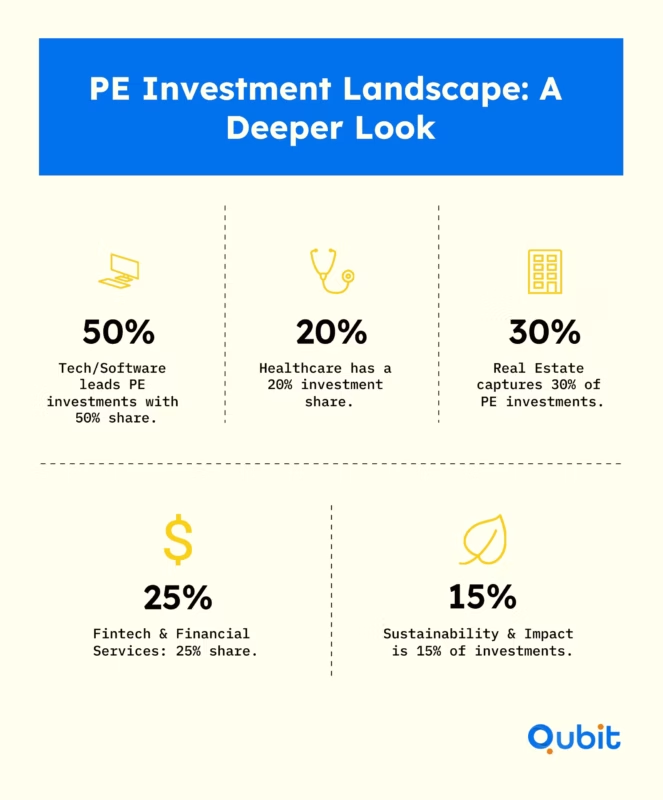Assumptions are the backbone of every financial model, shaping projections and guiding decisions. Without clear documentation, these assumptions can lead to costly errors, misinterpretations, or even failed strategies. Whether you’re forecasting revenue growth or estimating operational costs, the accuracy and transparency of your financial assumptions are critical. In 2025, as financial modeling becomes increasingly data-driven and investor scrutiny intensifies, robust documentation of financial assumptions is more essential than ever. This blog explores the importance of documenting assumptions, provides actionable best practices, and features real-world financial assumptions examples to ensure your models remain reliable and insightful.
By the end of this article, you’ll gain a step-by-step guide to documenting assumptions effectively, minimizing risks, and enhancing decision-making confidence—supported by current industry data, expert perspectives, and practical case studies from 2024-2025.
Sourcing Accurate Data for Financial Assumptions Examples
Accurate data forms the backbone of reliable financial assumptions. Relying on guesswork can lead to flawed projections, making research-based inputs essential for sound decision-making. Financial assumptions examples—such as revenue growth rates, customer acquisition costs, or marketing spend—should be informed by credible sources like industry benchmarks, competitor analysis, and public reports. In 2025, leading SaaS companies like Atlassian and HubSpot continue to publish annual reports that serve as valuable reference points for startups and established businesses alike.
Industry averages provide a baseline for understanding market trends, while competitor insights offer a glimpse into strategies that have proven effective. For example, according to the 2025 SaaS Industry Benchmark Report by KeyBanc Capital Markets, the median gross margin for SaaS companies is 78%, and the median annual revenue growth rate is 30%. Public reports, including financial statements and market studies, can further enhance the precision of your assumptions. For instance, startups often allocate significant budgets to marketing before generating revenue, as highlighted in the 2025 Startup Genome Global Startup Ecosystem Report, which found that early-stage startups spend an average of 40% of their budget on marketing and customer acquisition prior to reaching profitability. Adjusting such assumptions to reflect pre-revenue spending patterns ensures they align with your business context.
Adapting the data to your specific circumstances is equally important. Tailoring industry benchmarks or competitor data to your unique business model ensures assumptions remain relevant and actionable. For example, if your SaaS startup targets enterprise clients, your customer acquisition cost (CAC) and sales cycle length will differ significantly from a B2C mobile app. Documenting these nuances in your financial assumptions examples will make your model more credible and investor-ready. For a comprehensive approach to aligning your assumptions with your business strategy, review your financial roadmap regularly to ensure all projections are grounded in current market realities.
Case Study: Dollar Cave Club Financial Assumptions Examples
Documenting financial assumptions is a cornerstone of effective business modeling. Dollar Cave Club, a subscription-based service offering man cave essentials, provides a practical example of how companies outline their financial metrics to project revenue and growth. In 2024, Dollar Cave Club successfully raised $2.5 million in Series A funding, largely due to the transparency and rigor of their financial assumptions.
- Subscription Price:
- The club’s monthly subscription is set at $29.99.
- This figure directly informs revenue projections.
- For example, monthly revenue is calculated by multiplying the subscription price by the number of active subscribers. In 2025, with 10,000 active subscribers, projected monthly revenue is $299,900.
- Churn Rate:
- The club has identified a churn rate of 4% per month, based on historical data and industry benchmarks from the Subscription Trade Association (SUBTA).
- This percentage represents the subscribers who cancel their memberships each month.
- Incorporating the churn rate into retention calculations refines long-term financial models, ensuring realistic forecasts. For instance, a 4% churn means the company must acquire at least 400 new subscribers monthly to maintain its base.
- Supplementary Revenue Streams:
- Besides subscriptions, the model includes revenue from advertising partnerships and product add-ons, which accounted for 18% of total revenue in 2024.
- Understanding these key metrics helps distinguish between known variables and unknown factors, allowing for more accurate scenario planning.
This case study shows how clear, actionable metrics like subscription price and churn rate can be used to document financial assumptions effectively. It serves as a sample financial assumptions template for businesses aiming to build robust financial models. The Dollar Cave Club example also demonstrates the importance of integrating supplementary revenue streams and using real market data to validate assumptions, a best practice increasingly adopted by high-growth startups in 2025.
Setting Up Revenue-Related Financial Assumptions Examples
Accurate revenue assumptions are essential for crafting reliable income statement forecasts. This process involves documenting key metrics like subscription prices, churn rates, conversion percentages, and average revenue per user (ARPU). By establishing clear financial assumptions, businesses can better predict income and identify growth opportunities. In 2025, companies like Netflix and Spotify continue to refine their revenue models by closely tracking these metrics and adjusting assumptions quarterly based on real-time analytics.
For example, incorporating a 10% monthly organic SEO traffic growth rate into your projections can help forecast traffic increases effectively. This metric, detailed in the assumptions tab, provides a solid foundation for estimating revenue growth tied to improved visibility and engagement. According to SEMrush’s 2025 Digital Marketing Trends Report, companies that invest in SEO see an average 12% increase in qualified leads year-over-year, which directly impacts revenue projections.
Metrics such as churn rate, which measures customer retention, and conversion rates, which track how many prospects become paying customers, are equally critical. For instance, Shopify’s 2025 investor presentation highlights a 3.5% monthly churn rate and a 4.2% conversion rate from free trial to paid subscription, both of which are used as financial assumptions examples in their forecasting models. Together, these figures form the backbone of financial modeling assumptions, ensuring projections remain grounded in measurable data.
By focusing on specific metrics, businesses can create a structured approach to revenue forecasting, paving the way for informed decision-making and sustainable growth. For a deeper understanding of how to structure your revenue assumptions, review the importance of financial forecasting in the context of your business model.
Documenting Cost Assumptions Precisely: Financial Assumptions Examples
Clear documentation of cost assumptions is essential for accurate financial planning. When projecting expenses like IT infrastructure, rent, legal fees, and other operational costs, basing these assumptions on realistic and sample financial assumptions ensures reliability. For example, using historical data or industry benchmarks can help align projections with actual market conditions. In 2025, the average SaaS startup spends 20% of its annual budget on cloud infrastructure, according to the Flexera 2025 State of the Cloud Report.
Accurate cost assumptions prevent budgeting errors that could derail a project or business plan. Sample expense data serves as a foundation for realistic cost projections, reducing the risk of underestimating or overestimating expenses. For instance, Stripe’s 2025 financial model includes a 15% annual increase in customer support costs, reflecting both inflation and increased user volume. Additionally, documenting these assumptions in a structured manner aids in overall financial analysis, making it easier to identify trends, allocate resources, and adjust strategies as needed. For startups preparing financial statements, referencing financial statements for startups can provide clarity on industry-standard cost categories and reporting practices.
By focusing on examples of financial assumptions grounded in real-world data, businesses can create a robust framework for decision-making. This approach not only enhances transparency but also builds confidence in the financial planning process, a critical factor for attracting investors and securing funding in 2025’s competitive landscape.
Outlining Cash and Operations Assumptions: Financial Assumptions Examples
Effective cash flow management begins with clear financial assumptions. Starting with an opening cash balance of $1,000,000, businesses can establish a foundation for liquidity planning. This initial balance, as outlined in the financial model, plays a pivotal role in shaping projections and ensuring operational stability. In 2025, the median cash runway for venture-backed startups is 18 months, according to the PitchBook 2025 VC Report, making accurate cash assumptions more important than ever.
Fundraising plans also contribute significantly to liquidity. Whether through equity or debt financing, these strategies must align with operational needs to maintain cash flow consistency. Key metrics such as accounts receivable and payable days further influence liquidity. For example, in the e-commerce sector, Amazon’s 2025 financial statements show an average accounts receivable period of 18 days and accounts payable period of 60 days, optimizing cash flow and supplier relationships.
Documenting these assumptions is essential for monitoring financial health. By integrating metrics like the opening cash balance, fundraising milestones, and working capital cycles into the cash flow assumptions section of your model, businesses can proactively address liquidity challenges and enhance operational efficiency. For a comprehensive approach to financial planning, reference financial planning strategies that align with your operational goals.
Understanding the importance of financial assumptions ensures better decision-making and long-term stability, especially as market volatility and funding environments evolve in 2025.
Importance of Descriptive Labels in Financial Models
Clear, descriptive labels are the backbone of effective financial modelling assumptions. They transform complex spreadsheets into user-friendly tools by replacing ambiguous cell references with meaningful identifiers. For example, using labels like “PagesPerVisit” instead of generic cell references enhances transparency and simplifies formula management. This approach not only reduces errors but also makes financial models easier to update and maintain. In 2025, best-in-class financial models—such as those used by Fortune 500 companies—feature standardized naming conventions and color-coded assumptions tabs to facilitate collaboration across finance teams.
Spreadsheet software like Excel is particularly useful for assigning labels and creating assumptions tabs. By defining assumptions clearly, such as “PagesPerVisit,” you can streamline updates and improve readability throughout your model. Descriptive labels are essential for ensuring accuracy and clarity in financial models, and are now considered a best practice by the Association for Financial Professionals (AFP) in their 2025 Financial Modeling Guidelines.
Managing the Scope of Your Financial Assumptions List
A streamlined assumptions list is vital for maintaining clarity in your business plan. By focusing only on essential variables, you can reduce complexity and ensure your financial model remains adaptable. Prioritize key assumptions that directly impact forecasting accuracy, such as market growth rates, pricing strategies, or operational costs. Avoid including unnecessary details that may clutter the list and hinder decision-making. In 2025, leading VCs recommend limiting core financial assumptions to 10-15 key drivers for early-stage startups, as outlined in the Sequoia Capital Startup Guide.
A concise approach not only simplifies updates but also enhances the overall readability of your plan. For examples of financial assumptions, consider factors like revenue projections, customer acquisition cost, and gross margin—these are pivotal elements that shape the foundation of your business plan. For further guidance on structuring your assumptions, reference startup financial statements to see how successful startups present their key financial drivers.
The Fundamentals of Financial Modeling: Financial Assumptions Examples
Financial modeling serves as a vital tool for analyzing and forecasting a business’s financial performance. It is a mathematical representation of a company’s financial situation, incorporating historical data, financial statements, and market trends to predict future outcomes. These models are essential for evaluating financial assumptions, such as revenue growth or cost projections, which help businesses make informed decisions. In 2025, the integration of AI-driven analytics and real-time data feeds is transforming how financial models are built and updated, enabling more dynamic scenario planning and risk assessment.
Spreadsheet software like Microsoft Excel plays a central role in constructing these models. Excel allows users to input historical data and create projections, offering flexibility and precision in financial analysis. For example, it can be used to integrate past performance metrics with current market trends to simulate various scenarios. Modern financial models also leverage cloud-based collaboration tools, allowing distributed teams to update assumptions and share insights in real time.
Also, hiring a financial modeling consultant helps if you are looking for a more nuanced approach. Financial modeling is not just about numbers—it’s about creating a roadmap for sustainable growth and strategic planning, especially as market conditions shift rapidly in 2025.
Key Components in Building Your Financial Model
Crafting a robust model requires a clear understanding of how to create a financial model for investors. Each component plays a vital role in ensuring the model’s accuracy and reliability, starting with historical data analysis. By examining past performance, businesses can identify trends and patterns that inform realistic assumptions. These assumptions, often derived from financial assumptions examples, serve as the backbone of projections. In 2025, investors expect to see models that incorporate sensitivity analysis, stress testing, and clear documentation of all underlying assumptions.
1. Historical Data and Assumption Development
Historical data provides the context needed to develop financial assumptions. For instance, trends in revenue growth or expense patterns can guide the creation of assumptions that align with market realities. A financial assumption example might include estimating a 5% annual growth rate based on prior performance. In 2025, companies like Zoom Video Communications use rolling 12-month averages to smooth out seasonal fluctuations and improve forecast accuracy.
2. Revenue Projections and Cost Forecasting
Revenue projections are central to any financial model, as they outline expected income streams. Pairing these projections with detailed cost and expense forecasting ensures a balanced approach. Accurate forecasting helps businesses anticipate operational costs and identify areas for optimization. For example, Tesla’s 2025 financial model includes granular breakdowns of manufacturing costs, R&D expenses, and regulatory credits, all of which are updated quarterly to reflect real-world changes.
3. Cash Flow and Scenario Analysis
Cash flow analysis evaluates the inflow and outflow of funds, ensuring liquidity is maintained. Scenario analysis, on the other hand, quantifies risks by applying diverse assumptions to the model. This approach allows businesses to prepare for various outcomes, enhancing decision-making. In 2025, scenario analysis is increasingly automated, with platforms like Anaplan and Adaptive Insights enabling real-time stress testing of financial assumptions examples against macroeconomic shocks or supply chain disruptions.
Step-by-Step Process for Building Your Financial Model
Creating a financial model requires a structured approach to ensure accuracy and usability. Below is an eight-step process to help you develop a robust model tailored to your needs, reflecting industry best practices and the latest methodologies in 2025.
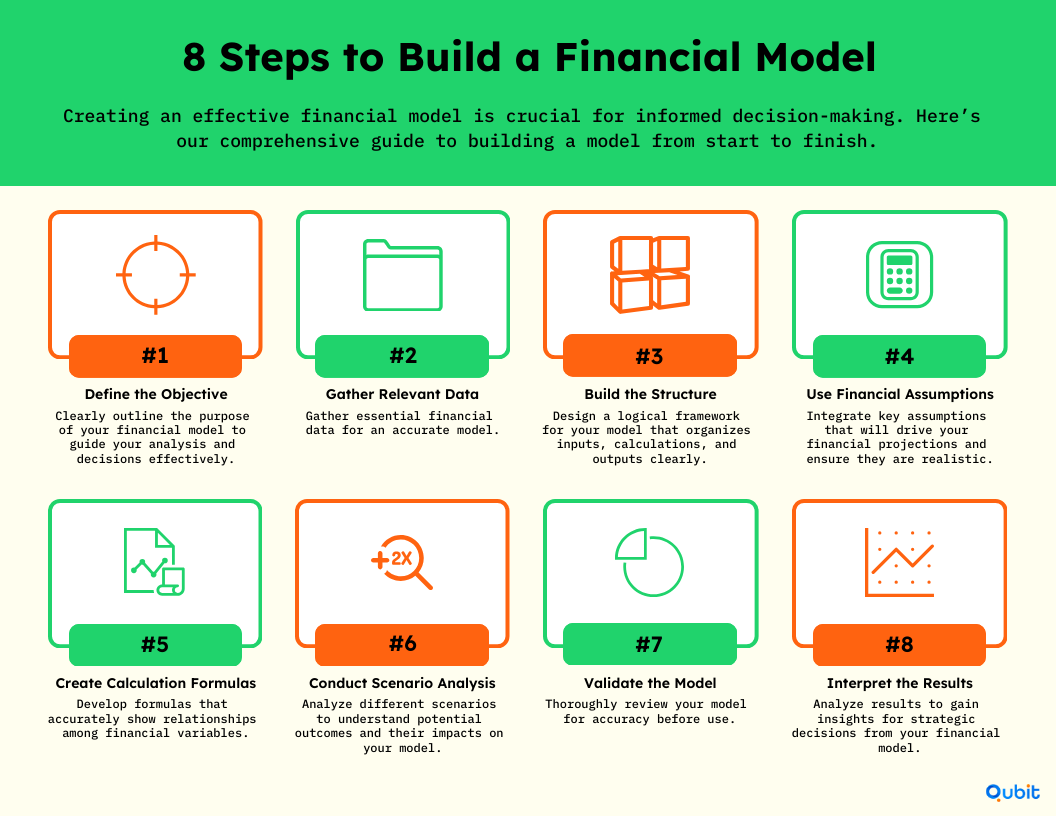
1. Define the Objective
Start by identifying the purpose of your financial model. Whether it’s for forecasting, valuation, or decision-making, a clear objective will guide the entire process. This step ensures the model aligns with your business goals and provides actionable insights. In 2025, aligning your model’s objective with investor expectations and regulatory requirements is increasingly important for startups seeking funding.
2. Gather Relevant Data
Collect all necessary financial and operational data. This includes historical figures, market trends, and industry benchmarks. Reliable data forms the backbone of your model, ensuring its credibility. For advanced data sourcing techniques, reference advanced financial modeling techniques that leverage AI and big data analytics.
3. Build the Structure
Design a logical framework for your model. Divide it into sections such as inputs, calculations, and outputs. A well-organized structure simplifies navigation and enhances usability. In 2025, modular model design is a best practice, allowing for easy updates and scenario analysis.
4. Incorporate Financial Modelling Assumptions
Embed assumptions early in the process. These could include sample financial assumptions like growth rates, cost projections, or income statement assumptions. Clear assumptions improve the model’s reliability and adaptability to changing scenarios. For example, including a sensitivity table for key drivers such as CAC or ARPU allows for rapid scenario testing.
5. Develop Calculation Formulas
Use formulas to link inputs and assumptions to outputs. Ensure calculations are consistent and scalable. This step transforms raw data into meaningful projections. In 2025, many finance teams use Excel’s Power Query and Power Pivot features to automate complex calculations and maintain data integrity.
6. Conduct Scenario Analysis
Test your model under various scenarios to evaluate its flexibility. Adjust assumptions to simulate best-case, worst-case, and most-likely outcomes. Scenario analysis is critical for validating the model’s integrity. Leading companies now use Monte Carlo simulations to quantify risk and probability distributions for key financial assumptions examples.
7. Validate the Model
Review the model for errors and inconsistencies. Cross-check calculations and ensure all assumptions are reasonable. Validation guarantees the model is both accurate and dependable. In 2025, peer review and automated audit tools are standard practices for model validation.
8. Interpret the Results
Analyze the outputs to derive actionable insights. Focus on key metrics that align with your objectives. Proper interpretation transforms data into strategic decisions. For investor presentations, highlight how your financial assumptions examples drive the most critical outcomes in your model.
Best Practices for Reliable Financial Models
Creating dependable financial models requires a thoughtful approach to design and maintenance. Here are the key principles broken down, reflecting industry best practices in 2025:
- Simplicity:
- Keep models straightforward to reduce the likelihood of errors.
- Simple models are easier to use across teams and facilitate faster decision-making.
- Overcomplicated models can lead to confusion and inefficiencies, undermining their reliability. According to the Corporate Finance Institute’s 2025 survey, 68% of CFOs prefer models with fewer than 20 core assumptions.
- Documentation:
- Document assumptions thoroughly, including the source and rationale for each.
- Clear records of income statement assumptions and other financial assumptions ensure transparency.
- This transparency enables stakeholders to understand the rationale behind projections, fostering collaboration and minimizing miscommunication—especially when teams need to revisit or revise the model.
- Continuous Updates:
- Financial models must evolve as new data becomes available.
- Regularly reviewing and refining assumptions in the business plan ensures that the model remains relevant and accurate. In 2025, automated data feeds and scheduled model reviews are standard for high-growth companies.
By adhering to these principles—simplicity, documentation, and regular updates—you can create financial models that are both reliable and adaptable to changing circumstances. For further insights on how to present your financials to investors, reference investor-friendly financial reports for best-in-class reporting standards.
Conclusion
Throughout this blog, we’ve explored actionable strategies and insights designed to help startups craft compelling pitch decks and financial models. From breaking down the step-by-step approach to analyzing real-world case studies, the emphasis has been on clarity, structure, and adaptability. The importance of maintaining well-documented processes and updating materials regularly cannot be overstated—it’s a cornerstone of effective communication with investors and a key differentiator in 2025’s competitive funding environment.
At Qubit Capital, we understand that a strong financial model is key to success. Explore our Financial Model Creation services and let us help you craft detailed projections that impress investors and propel your startup forward.
Key Takeaways
- Integrating real-life case studies, like Dollar Cave Club, provides practical insights and demonstrates how financial assumptions examples drive business outcomes.
- Clear documentation of financial assumptions is vital for model accuracy and investor confidence.
- A dedicated assumptions tab centralizes data input and minimizes errors, a best practice in 2025 financial modeling.
- Descriptive labels enhance clarity and ease future updates, supporting collaboration across finance teams.
- A systematic, step-by-step process empowers reliable forecasting and supports strategic decision-making.






